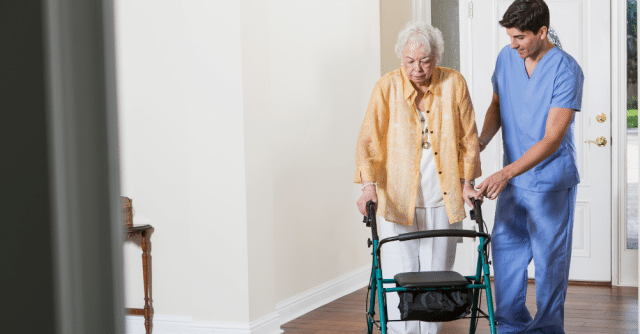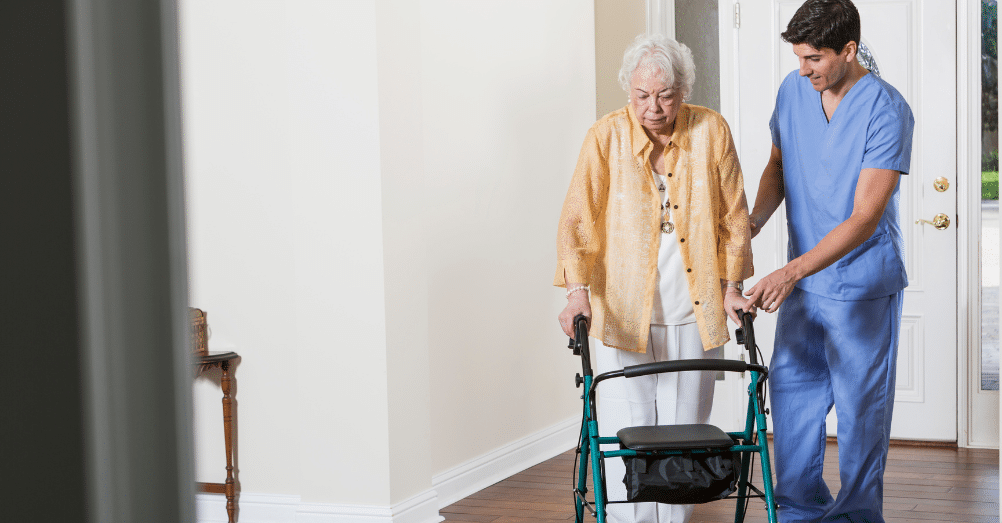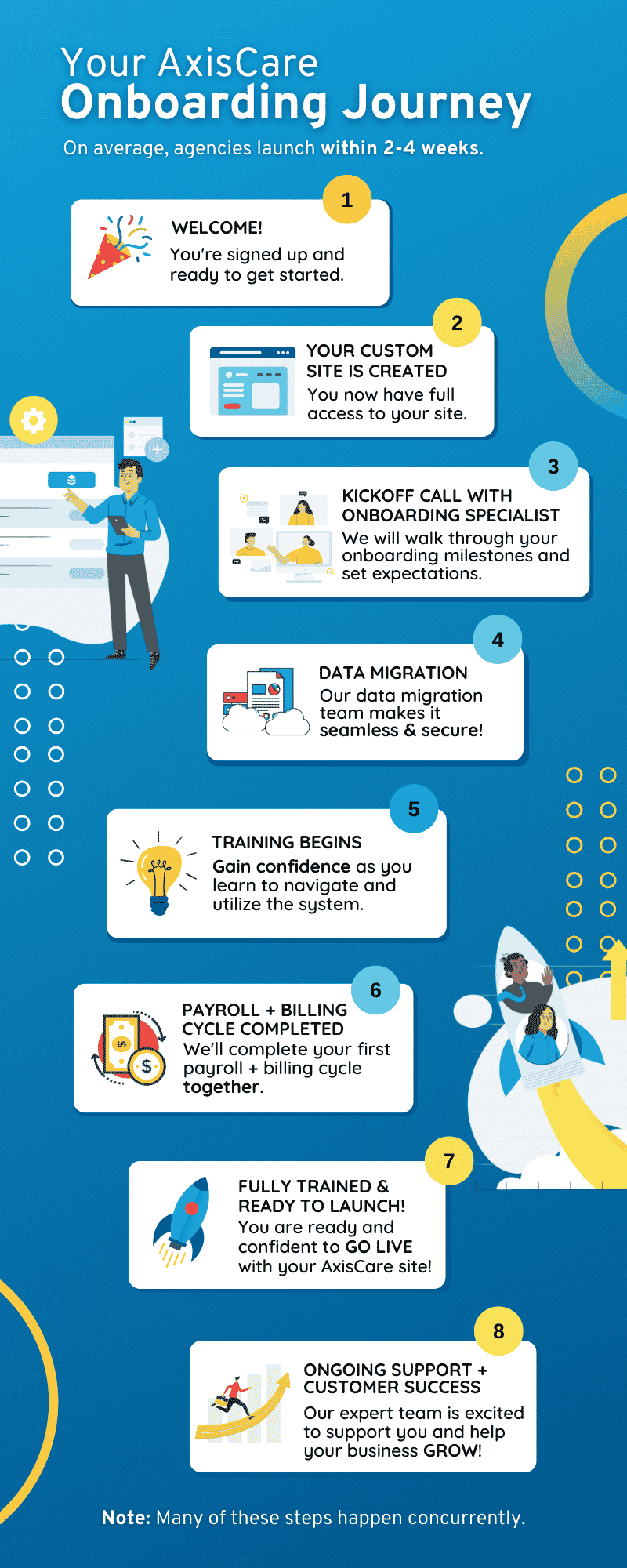Compare a handful of personal notebooks and you’ll quickly realize everyone has their own personal note-taking style. However, in a home care context, it’s actually very important to establish a standardized method for recording patient information.
A systematic framework will help staff provide accurate, clear, and timely information about the state of each client’s health while reducing miscommunication and errors for improved coordination among team members. What’s more, standardized documentation is key for maintaining regulatory compliance and quality control.
If you’re thinking of establishing a set of documentation guidelines for your agency, read on for best practices and a few examples for enhancing caregiver notes.
1. Use Standardized Formats
If you’ve ever tried to make sense of somebody else’s notes, you already understand the importance of consistency and standardized formatting! When swapping information, there should be no need to decipher individual variations in style or terminology – just a simple, easy-to-read format that follows a familiar structure.
That way, team members will be able to quickly scan for what they’re looking for, seamlessly blending other employees’ observations with their own notes. Cross-referencing will be a breeze, and nobody will have to waste time making sense of their teammates’ unique approaches.
2. Document Observations & Actions Clearly
How are caregivers supposed to know which information belongs in their charts? What makes an observation worth documenting versus an observation that’s not helpful for future reference? It all boils down to training caregivers on what to look for and how to record the events that do matter properly.
Education is the foundation of precise, detailed documentation, which in turn is a building block for accurate patient records. Caregivers should be trained on how to identify points that matter, ensuring client records paint a complete picture of their health status. The more relevant details are recorded, the better equipped practitioners will be to make well-informed care decisions down the line.
3. Maintain Objectivity & Avoid Personal Bias
Personal observations are, by nature, subjective. Caregivers should be aware of this fact and actively take steps to avoid injecting their own bias into their appointment notes.
By focusing strictly on observable and verifiable facts instead of personal opinions, employee reports will remain as neutral and accurate as possible. This objectivity is essential for reducing the risk of misinterpretation by other caregivers and ensuring that records properly represent the client’s condition and needs.
4. Include Specifics for Follow-Up Actions
So, a caregiver has made note of their observations during an at-home patient visit. Now what? The entire goal of documenting a wealth of patient information is to make tailored, well-informed care choices. This means care staff should also include follow-up instructions whenever possible to guide decisions made down the line.
These recommendations provide a roadmap for current colleagues and future caregivers, allowing them to quickly understand how each client’s needs have evolved and prioritize actions accordingly. This structured approach is a core tenet of maintaining continuity of care while reducing the likelihood of “missing” a key marker that necessitates an intervention.
5. Regularly Review & Update Notes
If care notes are – in large part – meant to facilitate continuous and well-informed care, it’s important for them to be reviewed on a regular basis. Routine updates are the only way to keep information current, relevant, and aligned with each client’s evolving needs.
This step helps avoid outdated or incorrect actions, setting the stage for a more responsive and personalized approach to care. Ultimately, consistently reviewing notes contributes to higher-quality, client-centered care by aligning caregiving efforts with timely needs and priorities.
6. Ensure Compliance With Regulations
In all that they do, home care agencies need to have a constant eye out for compliance. The healthcare space is tightly regulated by a number of different regulations that aim to preserve patient confidentiality, set the bar for quality of care, and keep patients safe.
HIPAA compliance is critical for every healthcare organization, as this system safeguards client data against unauthorized access. When it comes to note-taking, using digital HIPAA-compliant logging systems instead of traditional pen and paper offers an additional layer of security by providing:
- Controlled access
- Encryption
- An audit trail.
7. Use Digital Tools for Efficient Data Management
If caregivers are logging their digital remarks using the Notes app on their phone, for example, agencies won’t be much better off than if they were still using a hard-copy notebook. To reap all of the benefits mentioned above, implementing a unified digital solution is a must.
Home care platforms like AxisCare have their own caregiver mobile app, allowing them to record every detail of each visit using an intuitive digital interface. Once the information is captured, it can be shared with other relevant stakeholders, building a clear, accurate, and comprehensive background on every patient in a way that will improve their care plan long-term.
Practical Examples of Effective Caregiver Notes
Gold-standard care notes follow a few basic principles. They should always display the correct date and time, remain fact-based, and be concise. Here are a few examples of what that might look like in action.
August 13, 2024 at 10AM by Carla M.
Margaret had oatmeal and a banana for breakfast, which she was able to finish on her own. We then took a short walk outside, where she seemed to enjoy the fresh air and pointed out some flowers she liked. Upon returning, I helped her with a few light stretches for her legs, as she had mentioned some soreness during the walk. I left her resting in her recliner with a magazine in hand.
November 1, 2024 at 5:45PM by George B.
Claire did all of her physical therapy exercises this afternoon for her hand injury. She managed mostly fine, though she did mention some stiffness. Afterward, I helped her prepare a cup of tea and then dropped her off in the dining hall for 5:30 dinner service.
And finally, here is an example of how not to write a visit report.
February 21, 2024 at 8:30AM by Amelia
Paul ate breakfast today at 7. He mentioned he hadn’t slept well the night before.
- The caregiver does not specify their surname, which may lead to confusion
- No details about medical or social interventions completed during the visit
- No inquiry regarding sleep quality: is he on a new medication? Is this ongoing?
Optimize Your Caregiver’s Notes & Documentation Process With AxisCare
AxisCare is full of features designed to help home care agencies boost productivity, including a powerful caregiver app that keeps all parties connected. Book a live demo with our team to learn more about how we can help.









